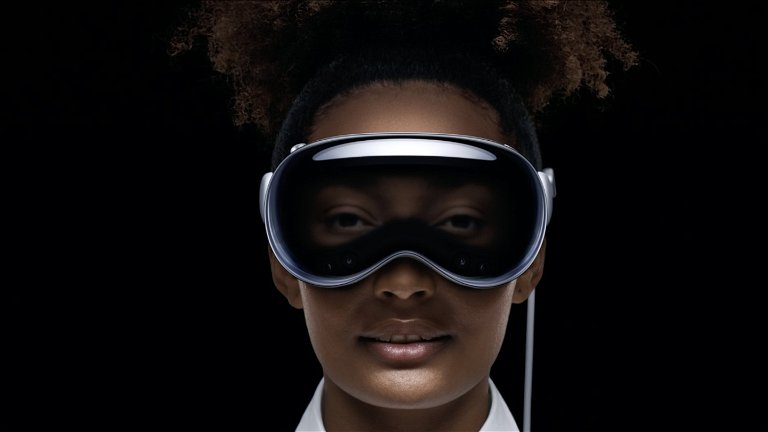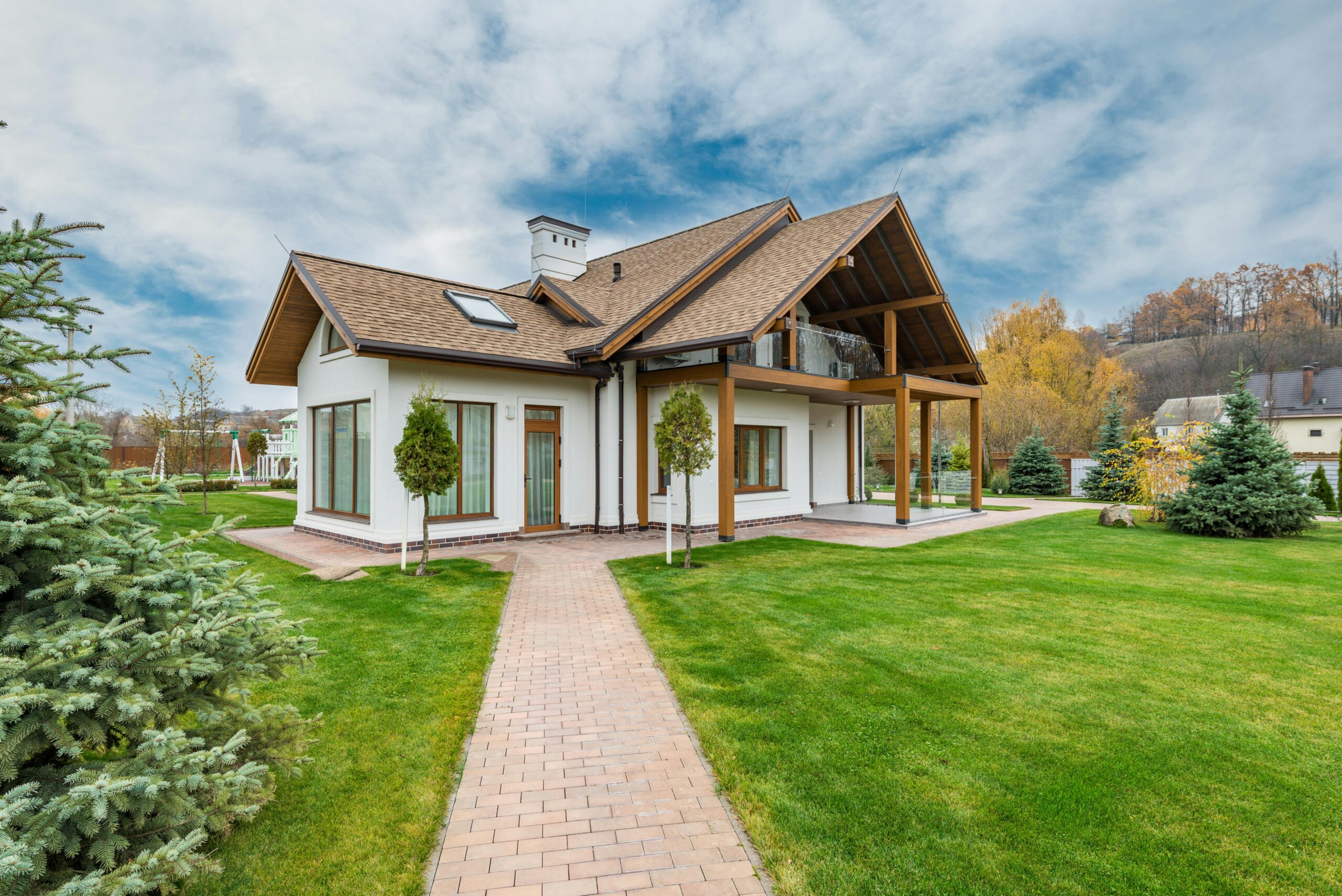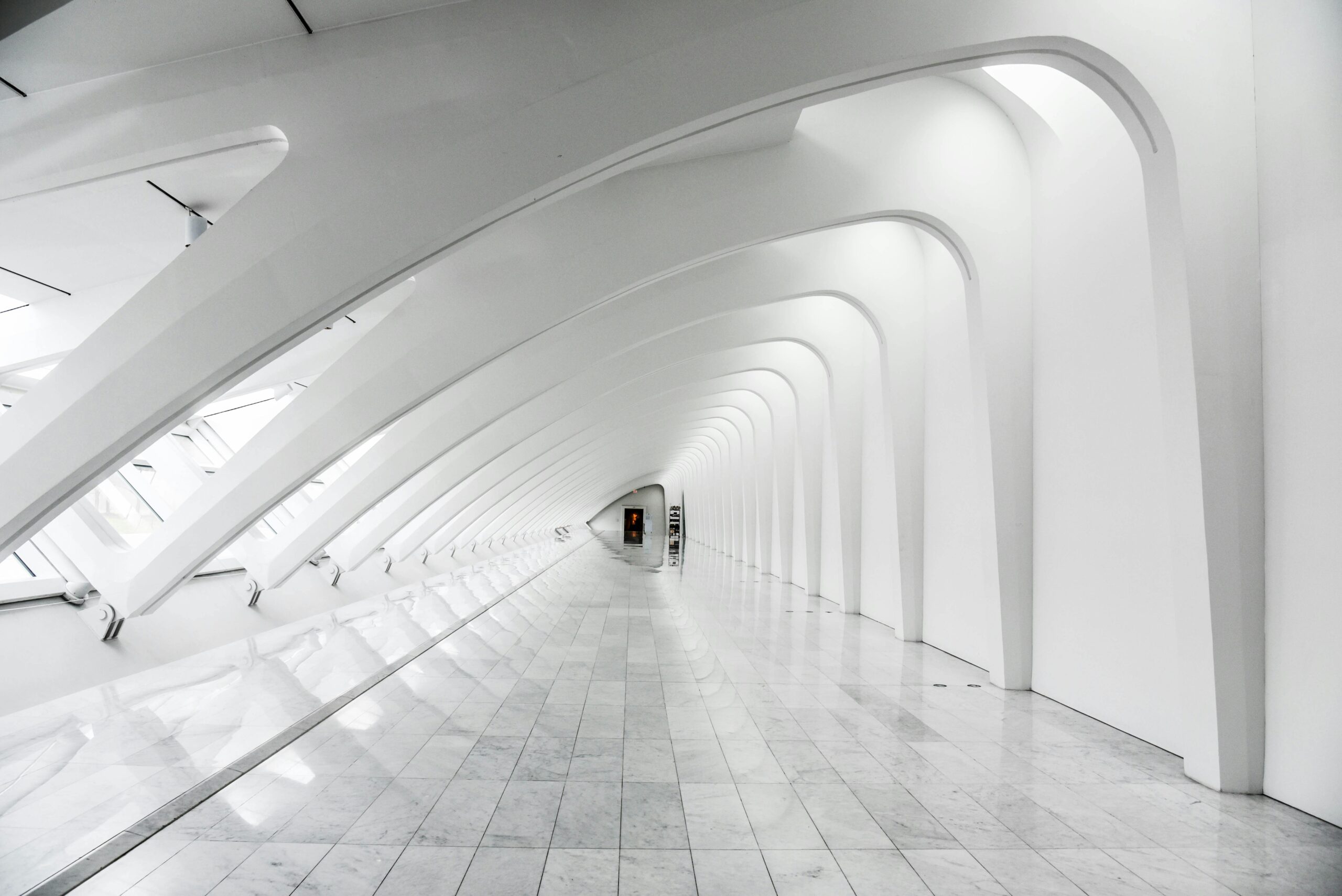Virtual Reality and Augmented Reality in Interior Design are becoming more and more important as users require more immersive and exciting experiences. With all the innovation in this field we see how the technology is basically improving every few months, and now with great tools such as Apple Vision Pro or Augmented Reality Apps, we can develop great and full-scale experiences for our clients.
Interior design has come a long way from the traditional hand-drawn sketches of floor plans, with 3D images on specialized computer software now a regular occurrence. When the field has expanded to such a degree, don’t you think it is time that you, too, should follow suit by learning and adopting these evolutionary methods?
We developed our first Virtual Reality project back in 2016 with Oculus Rift VR Goggles, but the technology has improved immensely in the last years, now we can get much better resolution, materials and soon the VR world and experiences will become hardly indistinguishable from the real world.
Read on as we explore all about these two techniques in interior design: what they are, their distinction from each other, their impact in the field, and their practical applications.
Following them, we will also delve into the benefits you, as a designer, reap with AR and VR, their potential challenges, and possible solutions. Lastly, we will touch upon the further evolutions taking place in these two methods.
Definition and Distinction
In recent years, there has been the appearance of mixed reality (MR), which is essentially the blending of these two elements. It is, in essence, a hybrid between virtual reality and augmented reality, offering you both of their experiences through one headset.
Yet the appearance of this mixed reality does not change the fact that virtual reality and augmented reality are still distinctly different from each other.
Virtual Reality (VR)
Before talking about virtual reality in interior design, let’s talk about it in a setting we all are familiar with, and that is science fiction movies. You must have seen those movies where individuals wear cool headsets and a virtual reality opens up before their eyes.
What if we told you that you are essentially doing the same thing in the process of virtual reality in interior design? That’s right. As its name suggests, virtual reality presents your interior designs in the form of virtual reality before your eyes.
Of course, as in science fiction movies, you need the aid of special electronic devices, such as VR headsets or gloves, to make this wish come true. Once you don them on, though, you will be immediately transported to the architectural or interior design you have created.
It can be the interior of a bedroom, a design plan of an outdoor garden, a kitchen renovation style, or even the complete design map of a building. How cool is that!
Augmented Reality (AR)
We have talked about having a convincing 3D virtual reality before your eyes. Augmented reality, on the other hand, is somewhat different. It does not present a virtual reality in front of you but overlays your design onto your physical surroundings.
While virtual reality serves to present an alternate reality, augmented reality portrays an enhanced version of your living space before your eyes. With augmented reality, you can see how your design would look in the environment you are creating it for. Interesting, isn’t it?
Just like with virtual reality, augmented reality also requires some specific devices from which you can observe your designs. However, devices for augmented reality are not as complex as those of virtual reality.
After all, you can easily view your design sketches in augmented reality through smartphones, tablets, and laptops. Smart glasses and heads-up displays (HUDs) are also now available, enriching the whole process.
The Impact of VR and AR on Interior Design
Now, having understood what virtual reality and augmented reality are, you must have realized how impactful these two techniques are in interior design. Don’t you wish to learn them now? Well, if you are still not convinced, the following astonishing impacts will definitely make you change your mind.
1. Enhancing Visualization
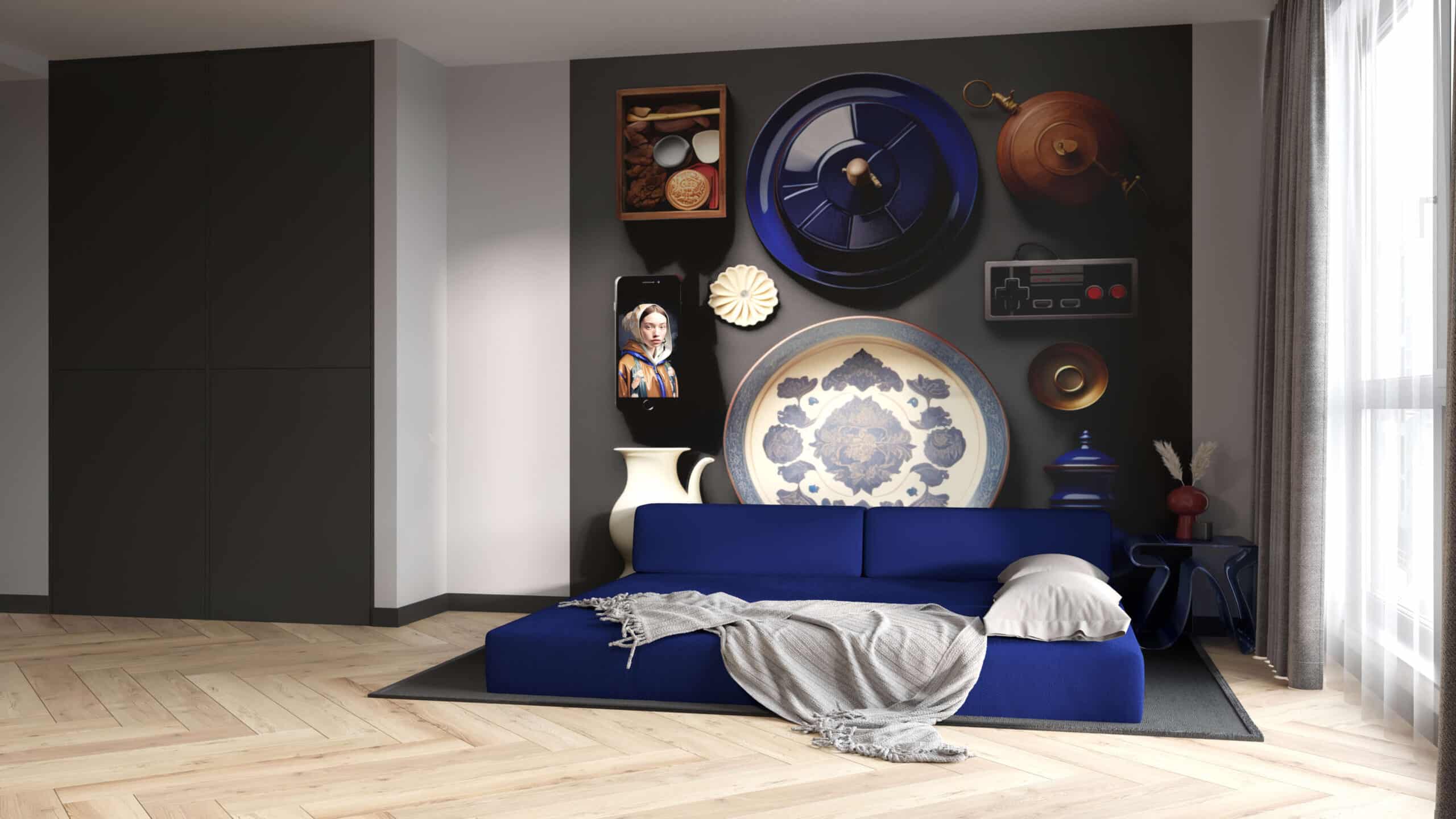
Utilizing papers to pour your design into – as useful as it is for abrupt design inspirations, the same cannot be said about when you have to formally exhibit it before a client. Of course, this was the case several decades back when those were the only ways of design demonstration.
Yet, now, you have the liberty to opt for better alternatives. Digital software that enables you to use virtual reality and augmented reality is, then, a must-have. There is no better way to launch a design you have spent hours perfecting than through virtual reality and augmented reality.
A 3D image will win hearts in an instant with its impeccable visualization. Which client will be able to say no to your design when you have allowed them to practically walk through it and explore it in earnest?
2. Interactive Design Processes
In the past, when there were only 2D sketches available to explain and present your unique designs to the clients, you must have felt something amiss. After all, when disclosing your precious sketches before someone, you wish for people to understand them in their entirety so that they can interact with them as well.
Including your client in your design discussion is essential because you are creating it for them. They need to be able to comprehend it, appreciate it, and accept it with their whole hearts.
Yet, 2D drawings don’t make it possible. In 3D virtual reality and augmented reality, though, it is a piece of cake. You show your client what you have prepared, and viola! They can practically walk through their future living rooms, kitchens, or bathrooms.
Any element they do not like, they can point it out, and you will fix it. They can even offer ideas that reflect their personality for you to incorporate into the design, making the environment just right for them. It is something that is not possible with hand-drawn sketches.
Practical Applications in Interior Design
Having discussed the tremendous impacts of virtual and augmented reality in interior design, let’s now delve into their practical applications. After all, they are not merely there to boast your designs; they serve far greater purposes in space planning, layout design, and material and color visualization.
1. Space Planning and Layout Design
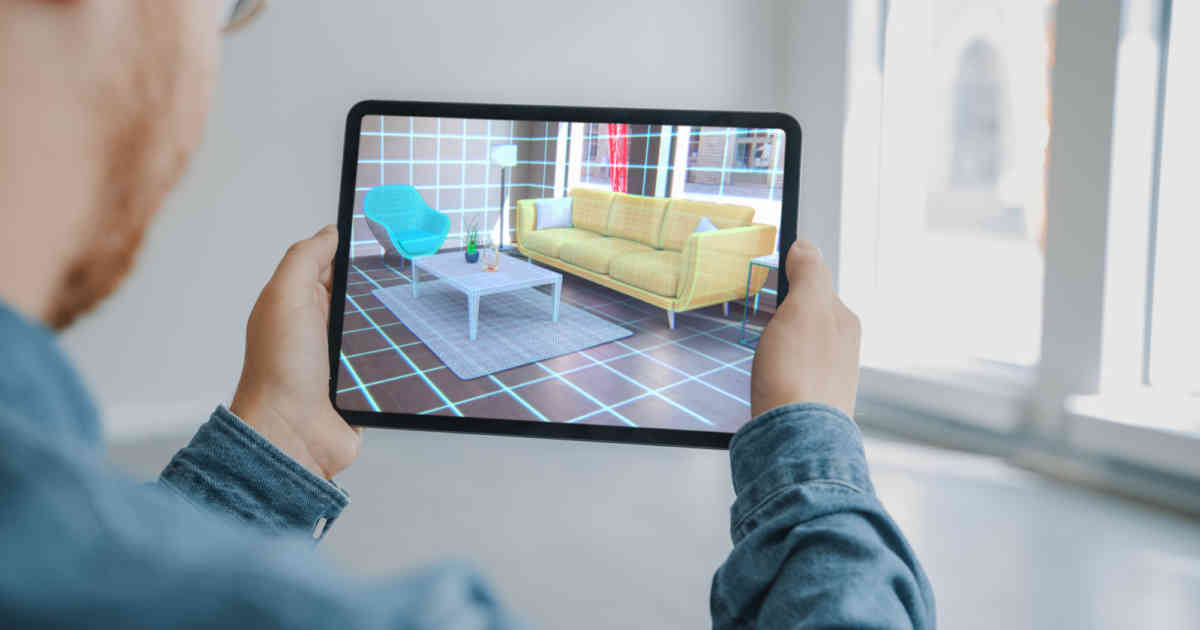
Have you ever experienced a situation where problems and issues arise regarding spatial arrangement and the like during construction? If you have, then you must know how costly their repairs can get. This is a situation that all clients wish to avoid, and you, as their interior designer, need to make their wish come true.
How can you do that? Well, virtual reality and augmented reality have their solutions. After all, when you have the design in 3D before yourself and your client, you can easily tackle these issues. You cannot properly observe spatial arrangements in 2D images because they don’t have it.
But in 3D virtual and real models in front of you, you can identify any issues that could potentially arise and take effective measures against them.
2. Material and Color Visualization
Similar is the case with material and color selection. In interior design, you would select materials and colors in a way that would be harmonious with the other elements in the room and also is the right choice, depending on which room they are in.
For instance, in a bedroom interior design, you need to have neutral shades of wall paint because that is where an individual relaxes. On the other hand, the material for a bedroom door is preferable to be wood. Then, you need to select furniture, decorations, and other essentials so that they are harmonious with each other.
While these factors are easy to figure, they are not so in a 2D drawing, even if it’s digital. Yet, with a virtual and real image right in front of you, you can easily imagine what the end result would look like. This will also allow your client to confirm the design, colors, and materials to their heart’s content so no issues arise after the whole process is done.
Benefits of AR And VR for a Designer

We have seen in great detail how you can seal the deal through virtual and augmented reality and the ease your client would have as well. However, what benefits would you reap? After all, you are doing all this to advance your career.
Worry not! As you earn clients and master your craft, you will observe an increasing sale in your design and workmanship, in addition to a faster and more efficient workflow.
1. Sales Increment
Let’s be honest here. Who doesn’t love the prospect of earning more? What if learning and using virtual reality and augmented reality in interior design helps you achieve that?
When you employ virtual reality and augmented reality, clients use them to check out what their future residential spaces or commercial buildings will look like. This process allows them to wholly immerse in the experience of confirming the design and recognizing any issues that could arise during construction, thereby avoiding them.
When your work offers such tempting propositions – efficient decision-making and construction and the addition of their own designs – how can they resist not approaching you for future projects? They will even suggest you to others in need of interior designers.
Never underestimate the power of word of mouth. You will be getting numerous work offers in no time. Tempting, isn’t it?
2. Faster and Efficient Workflow
No doubt, you will get more offers after you have adequately showcased your skills. Yet, you might be thinking how work-intensive and time-consuming your job will become with this. Don’t worry, though.
After all, this is no longer the era of hand-drawn sketches. At that time, any revisions that followed would also require extensive hours of redrawing that particular portion. And, of course, any issue with spatial arrangement costs dearly in terms of repairments during construction.
This process makes an interior designer so swarmed with just one project at a time that it is almost impossible to take up another one with it. Now, however, virtual and augmented reality has solved all these issues.
First of all, virtual reality has now enabled you to streamline your designing and editing process. You can create prototypes rapidly, taking a tremendous workload off your shoulders, especially if you have more than one project.
Secondly, digital software also allows you to make changes on the spot and quickly. No long hours spent on drawing a completely new sketch with hand! As mentioned above, there will be no massive changes taking place during construction; thus, the whole process will pass smoothly and efficiently.
Challenges and Solutions in VR and AR Integration

With everything discussed above, you must be tempted to take up virtual reality and augmented reality immediately, right? But wait. There is a catch. Especially if you are a beginner, you will face technical challenges and implementation and will suffer from a user experience learning curve.
However, worry not. Read on to explore these potential challenges and of course, their possible solutions as well.
1. Technical Challenges in Implementation
First of all, there are some challenges in terms of the cost and availability of high-end headphone sets and advanced AR and VR apps. After all, these things are expensive, and not everyone can afford them. However, where there are premium subscriptions, there are free subscriptions available as well.
If possible, opt for those free versions and especially focus on the apps with functions that meet your requirements. As for headsets, there are financially friendly options in the market as well, and you can try out smartphone-based headsets as well. If you are just beginning, even these are good; remember, you can build up your resources slowly.
Other than this, designers also face issues in connecting the AR and VR systems with existing software and databases. This issue can be solved if you store your designs in cloud-based platforms. This will significantly make the process smoother without the need for any local installations.
2. User Experience and Learning Curve
It is always the same when learning anything new; you don’t know anything about it and end up struggling with its complex interfaces. Understanding how to use virtual reality and augmented reality apps poses challenges, and you might face difficulties in virtual overlay.
For this, there is no other way than taking some time out from your busy schedule and watching tutorial videos to gain an understanding. You can also get help from any technical expert in this field if someone like this is around you.
Next, to make things easy for your clients to understand as well, make sure to have user-friendly interfaces so that they do not struggle when they should be enjoying the experience.
Some users tend to suffer from motion sickness during this experience. Overcoming this, too, is a gradual process that requires time for both you and your client. Make sure to explain to your client what the device is and how it works, and allow them to get used to it at their own pace.
Or else they will never appreciate AR and VR, and it will end up backfiring at you, with you losing the job.
Further Evolution of VR and AR in Interior Design
The digital world is ever-evolving; adding interior design to the digital world, the field of interior design is also evolving in various digital ways.
1. Advancements in VR and AR Technologies
Several trends can be adopted to take AR and VR to the next level. For one, there is hyper-realistic immersion – a process that erases the distinct gap between reality and the virtual environment through an extremely convincing feel of textures and materials.
Secondly, with AI integrating into every part of the world, interior design could also use its help. AI-powered design assistants are one such entity that will significantly aid you and your client by offering designs based on your suggested preferences, thereby streamlining the process. Convenient, isn’t it?
2. Industry Adoption and Trends
You won’t believe how fast the industry is progressing. If VR showrooms come into being, it will be a huge breakthrough. With this, clients can walk through actual virtual spaces, and not just a real physical environment. This can even revolutionize furniture retail shops and global design consultations.
If easy user-friendly interfaces in AR and VR apps come into being, it will substantially democratize design access to even laymen. With this, even ordinary people, not well-versed in interior design, can use these apps to come up with personalized designs.
Conclusion
In conclusion, we now know what virtual reality and augmented reality in interior design are and how they are markedly different from each other in terms of their presentation. We have also understood the powerful impact these two techniques have in enhancing visualization and making the design process interactive.
They both have notable practical applications in terms of space planning and design layout and material and color visualization. Of course, you, too, reap the benefits of learning and using AR and VR by observing sales increment and a faster and more efficient workflow.
It also has some limitations in the form of technical challenges, and a user learning curve but you can definitely overcome them. Lastly, there are notable future trends in AR and VR, including advancements in their technologies and industry trends.
FAQs
1. How can VR or AR help me visualize my future space before construction begins?
Virtual reality creates a virtual space before you in which you can observe the interior design for construction. Augmented reality casts that design onto your physical space. Either method you use, you will have a 3D image of the design in front of you, allowing you to walk through your future kitchen, living room, or any space.
2. How can AR and VR benefit interior designers in their projects?
Interior designers can have interactive communication with their clients, showcasing their designs and altering any places that require changes by the client on the spot. Interior designers will observe a faster and more efficient workflow because they no longer have to spend hours drawing detailed designs by hand.
3. Do I need special equipment to use VR or AR for interior design?
For a high-end experience with virtual reality, you require advanced headsets. However, you can also go with simple and affordable options. A smartphone alone also works. Augmented reality works with just your mobile, tablet, or computer screens as well.


